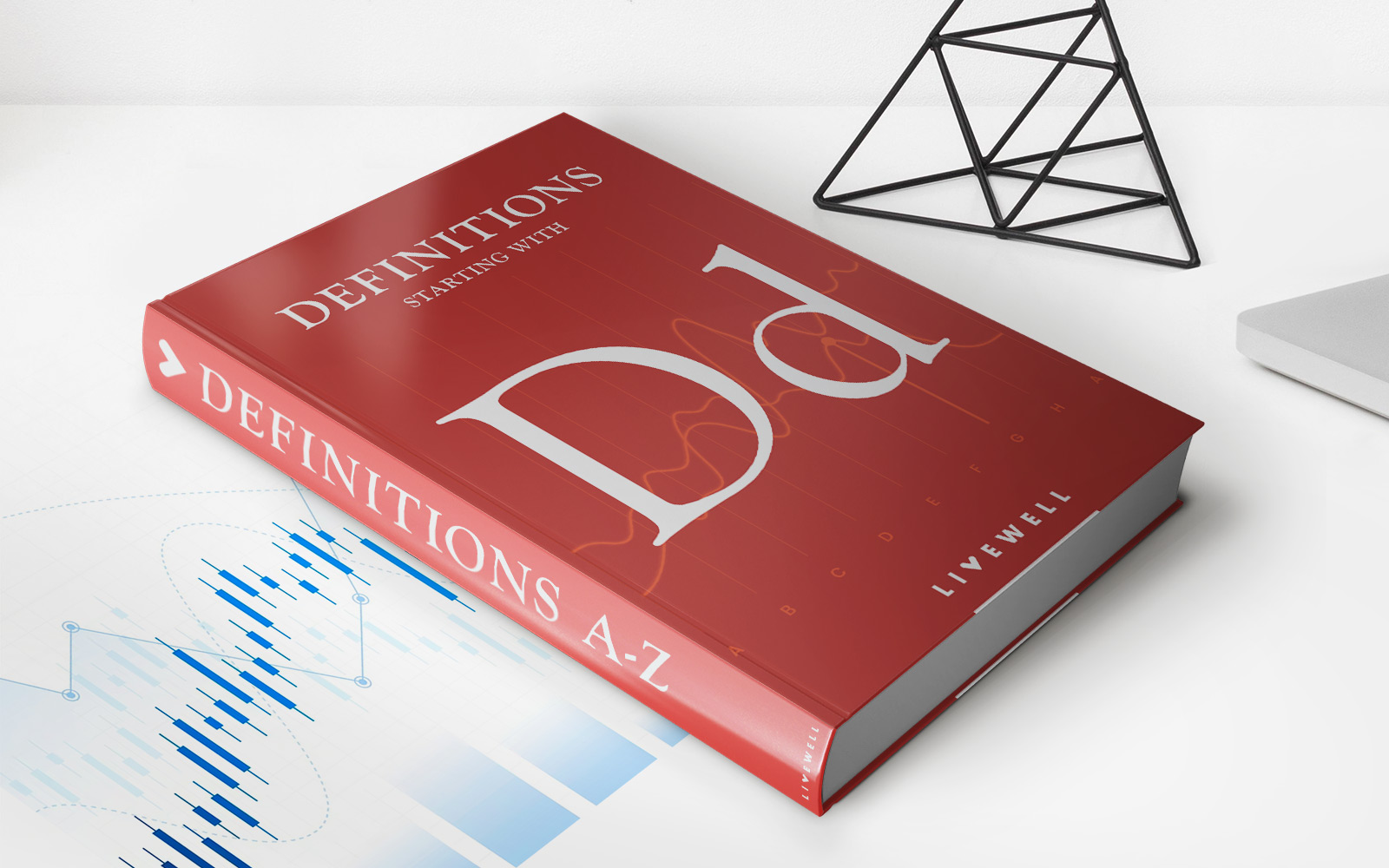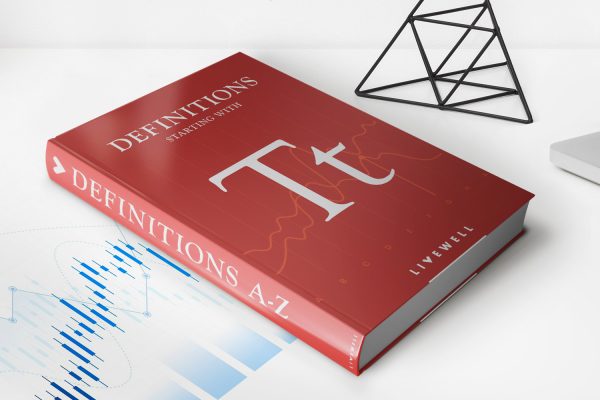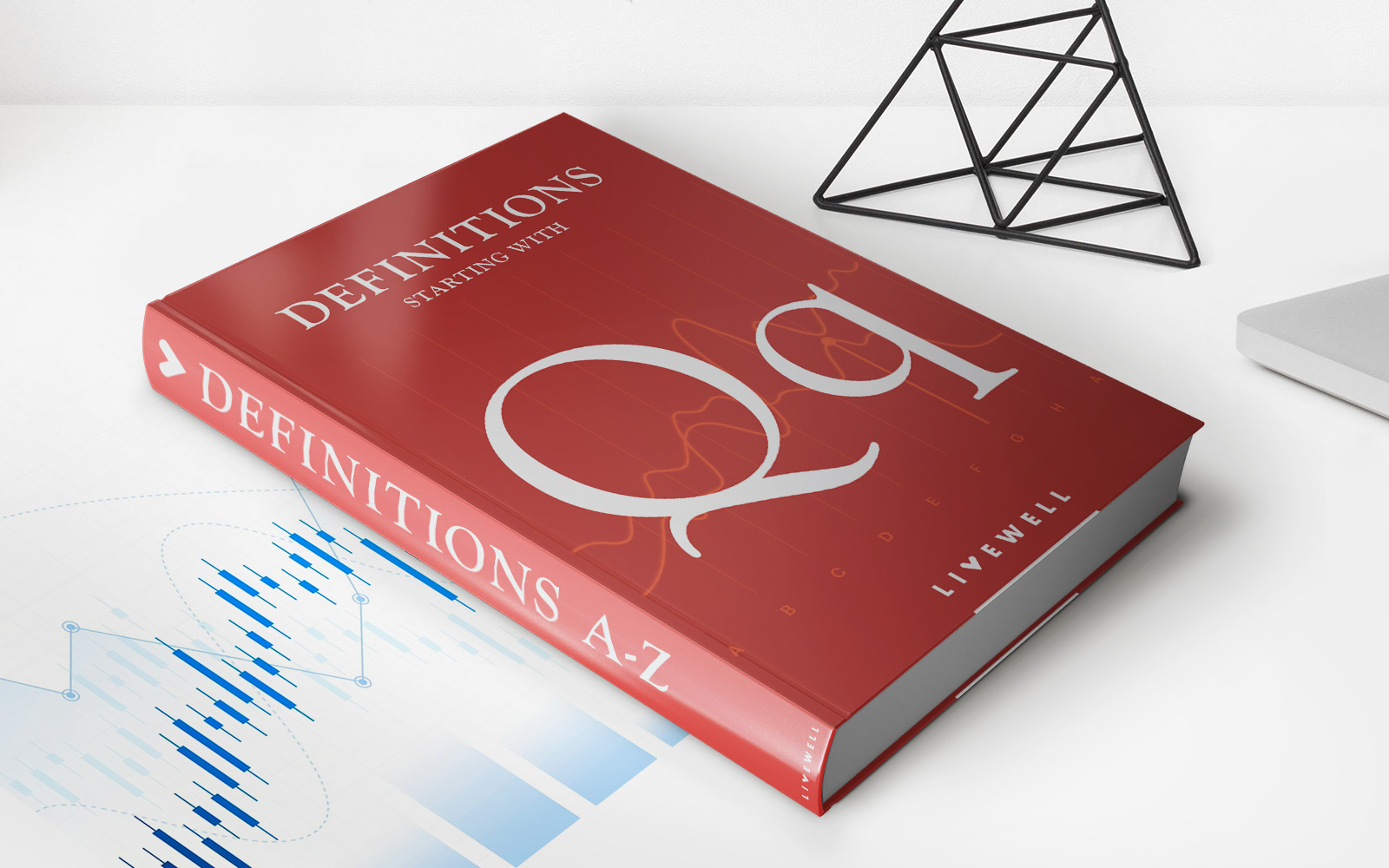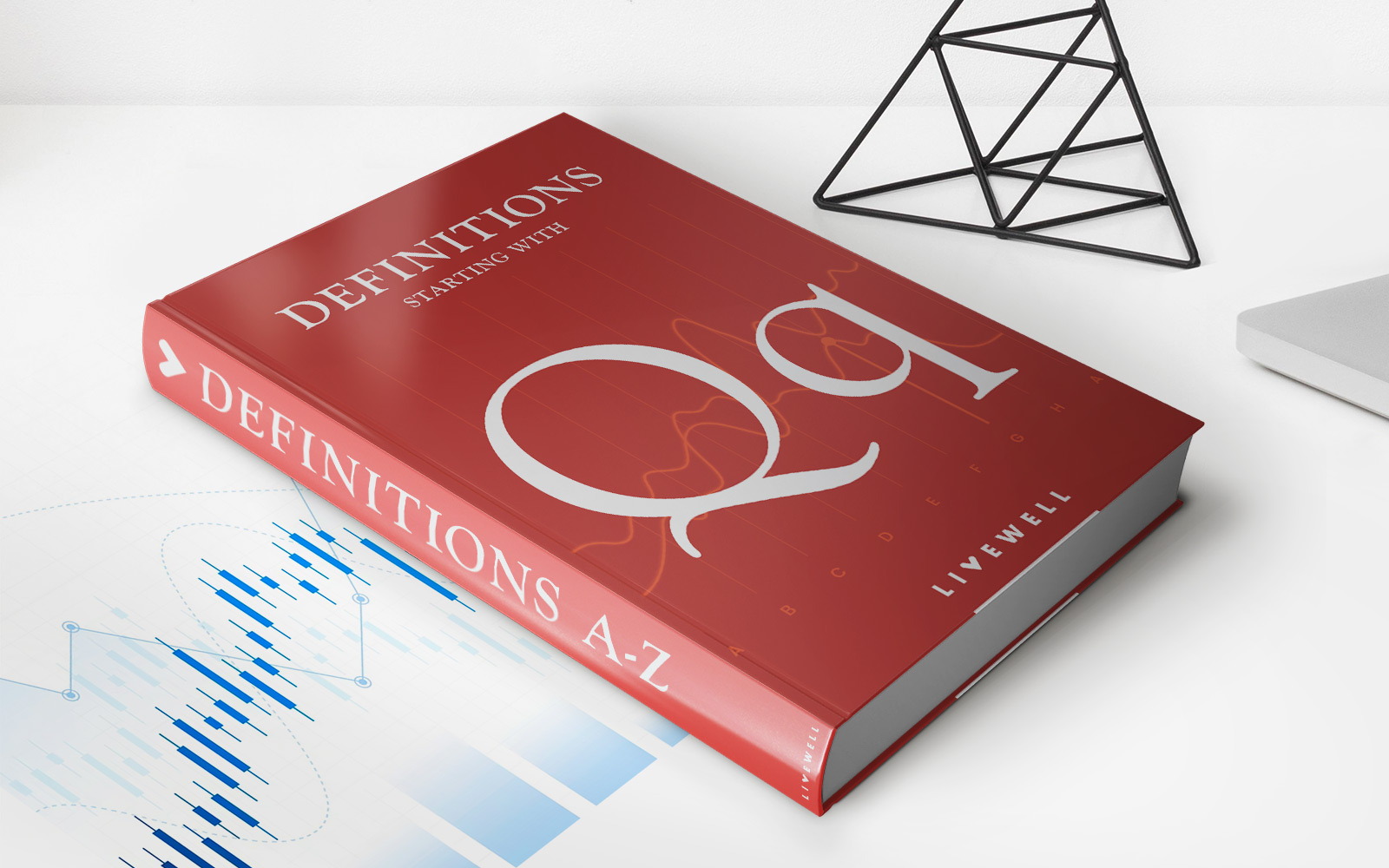Home>Finance>What Is Duress? Definition, What Qualifies, And Types


Finance
What Is Duress? Definition, What Qualifies, And Types
Published: November 15, 2023
Discover the definition of duress in finance, including what qualifies as duress and the various types. Gain a comprehensive understanding of this important concept.
(Many of the links in this article redirect to a specific reviewed product. Your purchase of these products through affiliate links helps to generate commission for LiveWell, at no extra cost. Learn more)
Understanding Duress: Definition, Qualification, and Types
Have you ever wondered what duress means in the legal world? Are you curious about when and how it can be used as a defense? Look no further! In this blog post, we will explore the concept of duress, its definition, what qualifies as duress, and the different types that exist. So, let’s dive right in and unravel the mysteries around this intriguing legal term!
Key Takeaways:
- Duress refers to the unlawful pressure or coercion exerted upon an individual to force them to act against their will.
- For an act to be considered as committed under duress, the threat or intimidation must be immediate and ongoing.
What is Duress?
Duress is a legal term used to describe the situation when a person is coerced or forced into committing an act against their will due to the threat of harm, violence, or other forms of intimidation. It involves the use of unlawful pressure to overpower an individual’s free will, effectively rendering their consent invalid and void.
Qualification for Duress
To qualify as duress, certain conditions must be met. These conditions are as follows:
- Immediacy: The threat must be immediate, meaning it poses an immediate danger to the individual or their loved ones. The person being coerced must have no reasonable opportunity to escape or seek help.
- Unlawfulness: The threat or coercion must be unlawful in nature. If the act being forced upon the individual is already illegal, it cannot be considered as being done under duress.
- Causation: The duress must be the direct cause of the individual’s actions. If there is an alternative course of action available, and the individual willingly chooses the coerced path, duress may not apply.
Types of Duress
Duress can be categorized into two main types:
- Physical Duress: This type of duress involves the threat or use of physical force, violence, or harm to compel an individual to act against their will.
- Emotional Duress: Emotional duress refers to the use of psychological manipulation, threats, or other forms of emotional pressure to coerce a person into taking a particular action.
Both physical and emotional duress can have severe psychological, emotional, and sometimes even physical consequences for the victim. Recognizing these forms of duress is crucial in ensuring that justice prevails when individuals are forced into acting against their will.
So, the next time you come across the term duress in legal contexts, you’ll have a solid understanding of its definition, qualification, and types. Remember, the key elements that determine duress are immediacy, unlawfulness, and causation. By being aware of these factors, we can better protect individuals who find themselves coerced into compromising situations.














